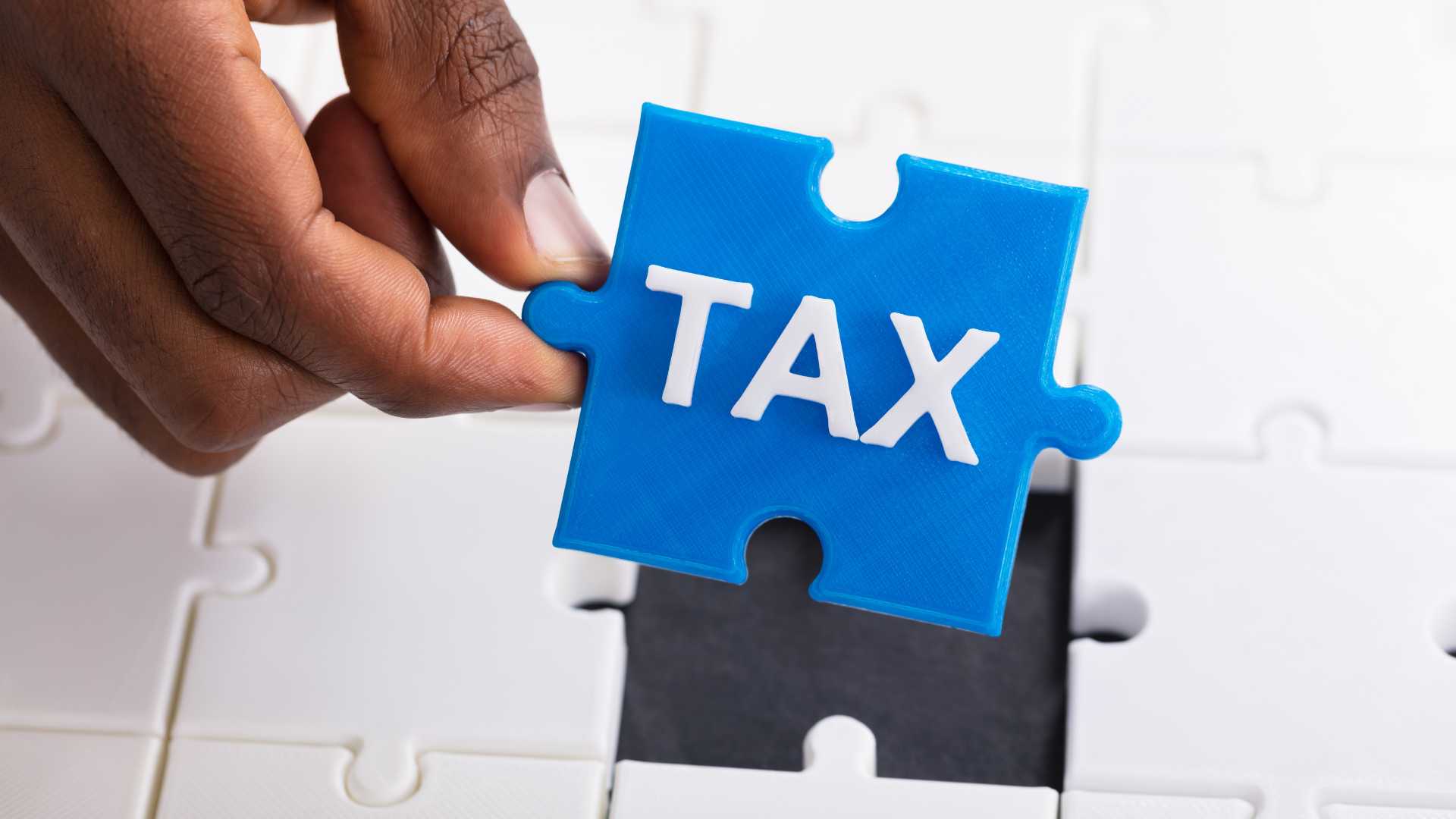Last Updated on: 18th September 2024, 08:29 am
Welcome to our comprehensive guide on the 500T tax code in the UK. You’re in the right place if you’ve encountered this code and wondered about its meaning and implications. In this article, we’ll explore the details of the 500T tax code for the 2024/25 tax year, explaining its purpose and how it may affect your tax situation.
What is the 500T Tax Code?

The 500T Tax Code is a temporary, non-cumulative code HMRC (HM Revenue and Customs) uses for specific scenarios. It is typically assigned when individuals start a new job, face complex tax circumstances, or when HMRC requires additional time to calculate the appropriate permanent tax code.
What Does the ‘T’ in 500T Mean?
The ‘T’ in the 500T code signifies that the code includes other calculations to determine an individual’s personal allowance. It acts as a temporary placeholder while HMRC calculates and assigns a more permanent tax code. This temporary code ensures that individuals continue paying taxes accurately while HMRC assesses their situation.
In the following sections, we’ll delve deeper into when and why the 500T tax code is used, its implications for taxpayers, and the importance of effective communication with HMRC.
When is the 500T Tax Code Used?
The 500T tax code is used in various situations where HMRC cannot immediately assign a permanent tax code. These include:
- Starting a new job without your employer having complete tax information.
- Complex tax situations where standard tax codes do not apply, such as receiving variable incomes or multiple sources of income.
- Emergency situations where HMRC requires more time or information to assign the correct tax code.
In these cases, the 500T tax code functions as an interim measure to ensure tax deductions are still made while the correct permanent code is determined.
Eligibility Requirements for the 500T Tax Code
You may be assigned the 500T tax code if you meet one or more of the following criteria:
- You’ve started a new job and no permanent tax code is available yet.
- Your tax situation is complex due to additional sources of income or unusual tax circumstances.
- HMRC requires more time or details to calculate your personal allowance.
How to Apply for the 500T Tax Code?

If you’ve been assigned the 500T tax code or suspect you should be under this code due to a change in your employment or tax situation, here’s a clear guide to help you navigate the process for 2024/25.
1. Contact HMRC Directly
The first step in applying for or confirming the 500T tax code is to contact HMRC. You can reach HMRC through several channels:
- By phone: HMRC’s helpline (0300 200 3300) allows you to speak directly with a tax advisor who can assess your circumstances.
- Online via your Personal Tax Account: You can log in to your personal tax account via the HMRC website using your Government Gateway ID. This method allows you to review and update your details online.
2. Gather and Submit Required Information
To ensure HMRC can assign the correct tax code, you will need to provide some important details. Make sure to have these documents ready:
- Proof of employment, such as your contract or payslips.
- P45 or P60 if you’ve left a previous job or need to provide evidence of past tax payments.
- Details of other income sources if applicable, such as pensions, freelance work, or investments.
3. Explain Your Circumstances
Clearly explain your tax situation to HMRC. Let them know why your previous tax code may no longer be appropriate, such as:
- Starting a new job where your employer does not have your previous tax details.
- Changes in your income from multiple sources, or a new pension.
- Temporary changes that necessitate a holding tax code while HMRC finalises your correct permanent tax code.
4. Receive Confirmation from HMRC
Once HMRC has reviewed your details, they will confirm your tax code. If the 500T tax code is deemed suitable, it will be applied temporarily. You may receive a notification via letter or through your online account.
5. Review and Monitor Your Tax Code
Since the 500T tax code is temporary, HMRC will eventually update it once more information is available or your tax situation stabilises. It is crucial to:
- Regularly check your payslips and Personal Tax Account to ensure the correct tax code is applied.
- Contact HMRC immediately if any discrepancies arise or if you believe the tax code is incorrect.
By following these steps, you can ensure that your tax code is up-to-date, preventing overpayment or underpayment of taxes.
Implications of the 500T Tax Code in 2024/25
The 500T tax code has specific implications for taxpayers. Under this temporary code, each pay period is treated independently, meaning the earnings from each pay period are taxed separately, without considering previous earnings.
Benefits of the 500T Tax Code
- Simplicity: Each pay period is treated independently, which simplifies the tax calculation process.
- Immediate adjustments: If your income fluctuates, you can update your tax deductions in real time without waiting for cumulative assessments.
Drawbacks of the 500T Tax Code

However, there are some potential drawbacks. Since each pay period is taxed separately, this can lead to:
- Overpayment: If your personal allowance is underestimated, you could end up paying more tax than necessary.
- Underpayment: If your personal allowance is overestimated, you might underpay and need to pay the difference later.
Example of the 500T Tax Code Implications:
| Pay Period | Earnings | Tax Deductions | Tax Paid |
|---|---|---|---|
| Week 1 | £1,000 | £200 | £180 |
| Week 2 | £1,500 | £300 | £270 |
| Week 3 | £800 | £160 | £144 |
In this example, each week’s pay is taxed independently, which could lead to discrepancies if the personal allowance is not properly accounted for.
Why Does the 500T Tax Code Exist?
The 500T tax code was introduced by HMRC to simplify the process of managing temporary tax circumstances. Prior to its introduction, individuals with complex or changing tax situations, such as those starting a new job or receiving multiple income streams, would often face confusion due to incorrect tax codes or delays in finalising their correct code.
The 500T tax code helps by serving as a temporary placeholder that enables tax deductions to continue while HMRC gathers the necessary information. By using this approach, HMRC avoids delays in taxation and provides flexibility for taxpayers while their circumstances are being assessed.
In essence, the 500T tax code is an efficient tool that allows taxpayers to maintain proper tax compliance without waiting for HMRC to finalise their permanent tax code.
500T w1 Tax Code and Its Implications
The 500T w1 (week 1) tax code is a variation of the 500T code. The “w1” signifies that each pay period, whether it is weekly or monthly, is treated in isolation from previous or future pay periods. This can be beneficial in some cases but can also cause issues such as:
- Overpayment or underpayment: As each pay period is assessed independently, it may not fully consider your cumulative earnings for the year. If not carefully monitored, you could end up paying too much or too little tax.
- Temporary nature: The w1 tax code is meant to be temporary. If you’re on the 500T w1 tax code, it’s important to ensure that HMRC updates your tax code once they have complete details.
For example, if you’ve just started a job and your income varies, you might initially pay more tax than necessary under the 500T w1 tax code. Later, when HMRC updates your tax code based on cumulative earnings, your tax deductions can be adjusted, and you may receive a refund if you’ve overpaid.
Alternatives to the 500T w1 Tax Code

If the 500T w1 tax code is causing issues such as overpayment, you may request HMRC to issue a more accurate, permanent tax code by providing up-to-date income information. Consider consulting a tax advisor to help manage your tax liabilities if you experience significant fluctuations in income or work multiple jobs.
Conclusion
The 500T tax code in the UK serves as a temporary measure for individuals in specific situations, such as starting a new job or experiencing complex tax scenarios. While it simplifies tax payments in the short term, it is important to communicate effectively with HMRC and ensure that the correct permanent tax code is assigned as soon as possible.
By staying informed and engaged, and providing HMRC with all the necessary information, taxpayers can manage their tax obligations efficiently and avoid over or underpayment.
If you are assigned the 500T tax code and want to ensure accurate tax calculations, consider requesting a permanent code from HMRC or consulting a tax professional.
FAQ
What does the 500T tax code mean?
The 500T tax code is a temporary non-cumulative tax code used by HMRC when additional time or information is needed to calculate a permanent tax code.
When is the 500T tax code used?
It is used when starting a new job, dealing with complex tax situations, or when HMRC requires more time to assess an individual’s tax circumstances.
What are the drawbacks of the 500T tax code?
One drawback is the potential for tax overpayment or underpayment since each pay period is treated independently.
How do I apply for the 500T tax code?
Contact HMRC with the necessary documents and explain your situation. HMRC will determine if the 500T tax code is appropriate.
Can I request a permanent tax code?
Yes, you can request a permanent tax code based on your estimated annual income to ensure more accurate tax deductions.




















No Comments
Leave a comment Cancel